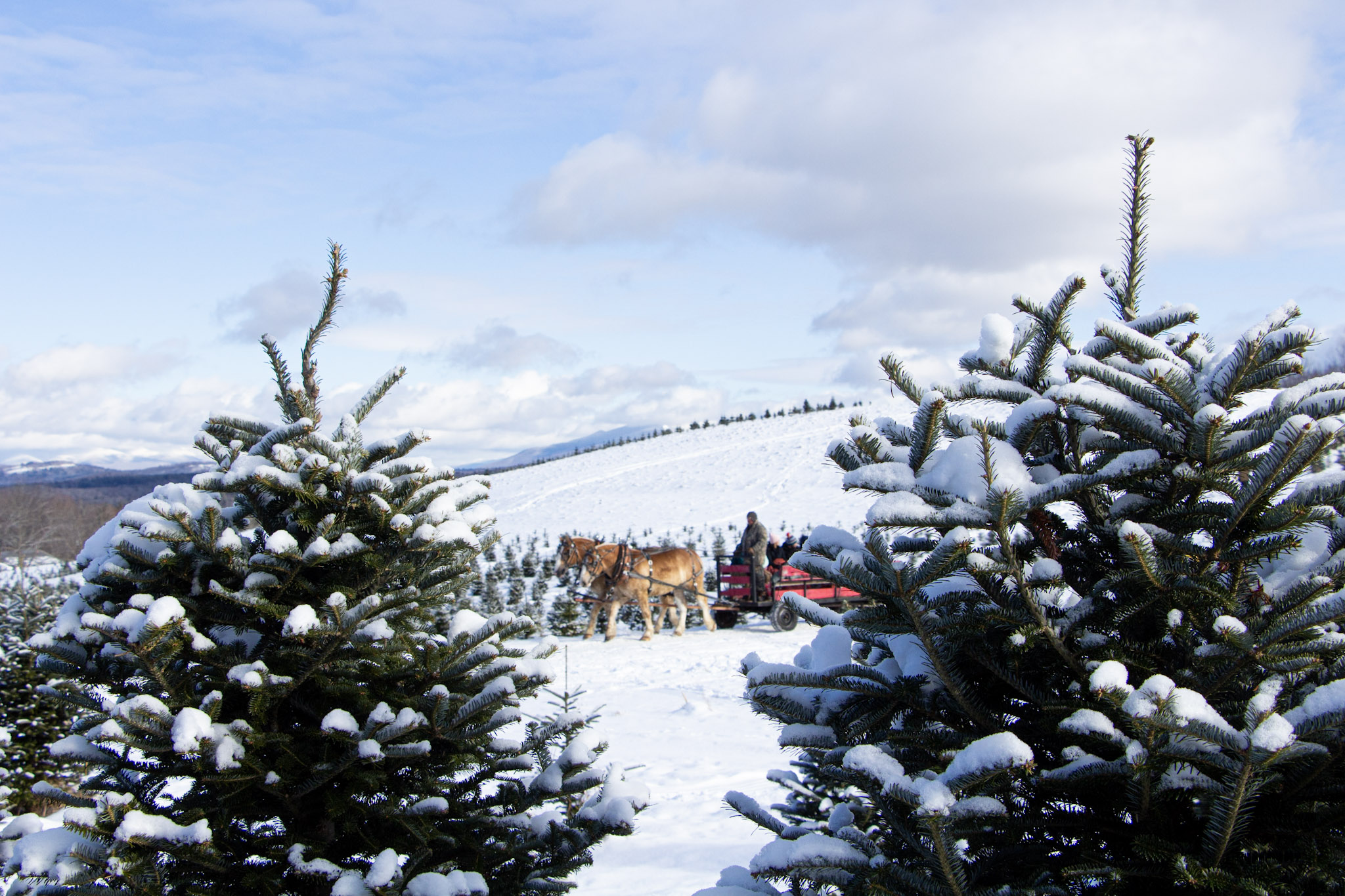May is miraculous. Spring fever bites hard when the sun is shining. In the forest, new ferns fronds unfurl from fiddleheads and wildflowers are abuzz with insect pollinators. Tender green tree leaves expand, casting more shade with each passing hour.
Hungry hordes of blackflies and questing ticks add new challenges to outdoor recreation pursuits. But remember: that vast insect protein reservoir fuels the return of millions of colorful neo-tropical migrant songbirds to our northern latitudes from wintering in the Caribbean or Central and South America.
Pre-dawn and early morning hours feature a swelling chorus of riotous birdsongs. Every note is diagnostic of each singer’s identity. Songs are handed-down, a generational legacy of oral natural history. Young nestlings imprint upon their species-specific parental songs that males will one day sing themselves to defend nesting territory against rival males and win the attention of females for mating. The lessons provided by the “birds and bees” are just what our own parents awkwardly tried to convey about mating.
Everywhere, the birds are busily singing, mating, building nests and incubating clutches of eggs. They will soon feed hungry broods of fast-growing chicks. Springtime in New Hampshire is so fleeting; so is the pace of the frantic nesting season now upon us.
Male birds are conspicuous in bright plumage, song and comical bobbing, strutting or soaring mating displays. Females are furtive, clandestinely attending carefully-concealed nests hidden against threats from egg and nestling predators. Eggs and young nestlings are on the menu for snakes, skunks, crows, ravens, jays, opossum, raccoons, chipmunks and rodents, bobcats, coyotes and foxes – as well as domestic cats and dogs. Birds must produce many more eggs and nestling offspring than will eventually survive to offset the heavy toll taken by the multitude of predators that seek nest contents for food.
Even as turkey hunters now pursue the spectacular 15 - 20 pound adult male tom turkeys called “gobblers,” the smaller 8 to 12 pound female hen turkeys have completed laying a clutch of 10 to 12 eggs over the past two weeks and are now entering the second or third week of the 26 to 28 day incubation period.
Turkey nests are unadorned, shallow depressions on the forest floor formed by scratching rather than any artful arrangement of twigs, leaves or feathers. Hens are secretive during the egg laying period in April and cover a partial nests of eggs with leaves while they continue to feed associate with other hens and gobblers. Once continuous incubation begins after the last egg is laid, hens stay on the nest moving only to frequently rotate the eggs or to graze for short periods of time in tender clover of the pasture at dawn and again in late afternoon. I see hens quietly emerge from our woodlot where their uncovered nests of eggs are hidden in a dense vegetation in the forest understory
Here’s another angle for “Mother’s Day” today: Generally near the end of May, the hens and nests that have survived the very vulnerable incubation on the ground begin synchronous hatching – all eggs hatch at the same time regardless of the order in which the eggs were laid. Hens make soft clucking sounds to forge a bond with newborn chicks called “poults” that “imprint” on vocalizations of the hen turkey even when emerging from their egg shells! Poults rotate within the egg to chip open a ring and emerge, dry themselves and be ready to leave the nest within 24 hours after hatching. Game birds and waterfowl chicks are precocious – they hatch with eyes open, feathered and coordinated enough to follow, run or freeze in place in response to a hen’s alarm calls.
Broods of poults must grow quickly. New dangers now include crossing busy roads, encounters with domestic cats and dogs and predation by hawks, owls, foxes and bobcats which actively seek hens with poults. Forest and farmland habitat which includes dense cover of overgrown grassy hay meadows and brushy woods or former pastures offer ideal concealment cover for turkey broods. By the end of their second week out of the egg, the poults are able to run and once they acquire juvenile plumage of flight feathers they can fly short distances and begin to roost in trees at night, finally safe from ground predators. When wild turkey poults reach six weeks old in mid-summer, they have a much higher chance to survive to adulthood.
The re-introduction of wild turkeys is an incredible and oft-cited American wildlife success story. From less than an estimated 30,000 turkeys nationwide in the early 1900’s, turkey populations have rebounded to more than 7+ million today. In New Hampshire an estimated 40,000+ turkeys statewide likely survived the relatively easy winter and are now busily incubating the next generation of contenders to run the gauntlet of predators now hunting eggs and poults.
The adult turkey hunting season runs from May 3 to May 31. Turkey hunters pursue only the bearded male gobblers and younger male “jakes” hunting only with shotgun or bow. Gobblers who have very keen eyesight respond to sophisticated turkey calls intended to mimic rival male gobblers or as-yet-unmated females. It is no easy feat to lure even the inexperienced jakes let alone the wise old toms closer to a hunter’s concealed blind or seated position. The arrival of experienced and well-camouflaged turkey hunters in pre-dawn hours is another hallmark of May in the forests of rural New Hampshire.
Another significant fact: the eastern wild turkey comeback is the direct result of N.H. Fish and Game Department restocking efforts using game bird hunters’ dollars to pay for the reintroduction, re-stocking and habitat management efforts that brought these spectacular birds back statewide.
